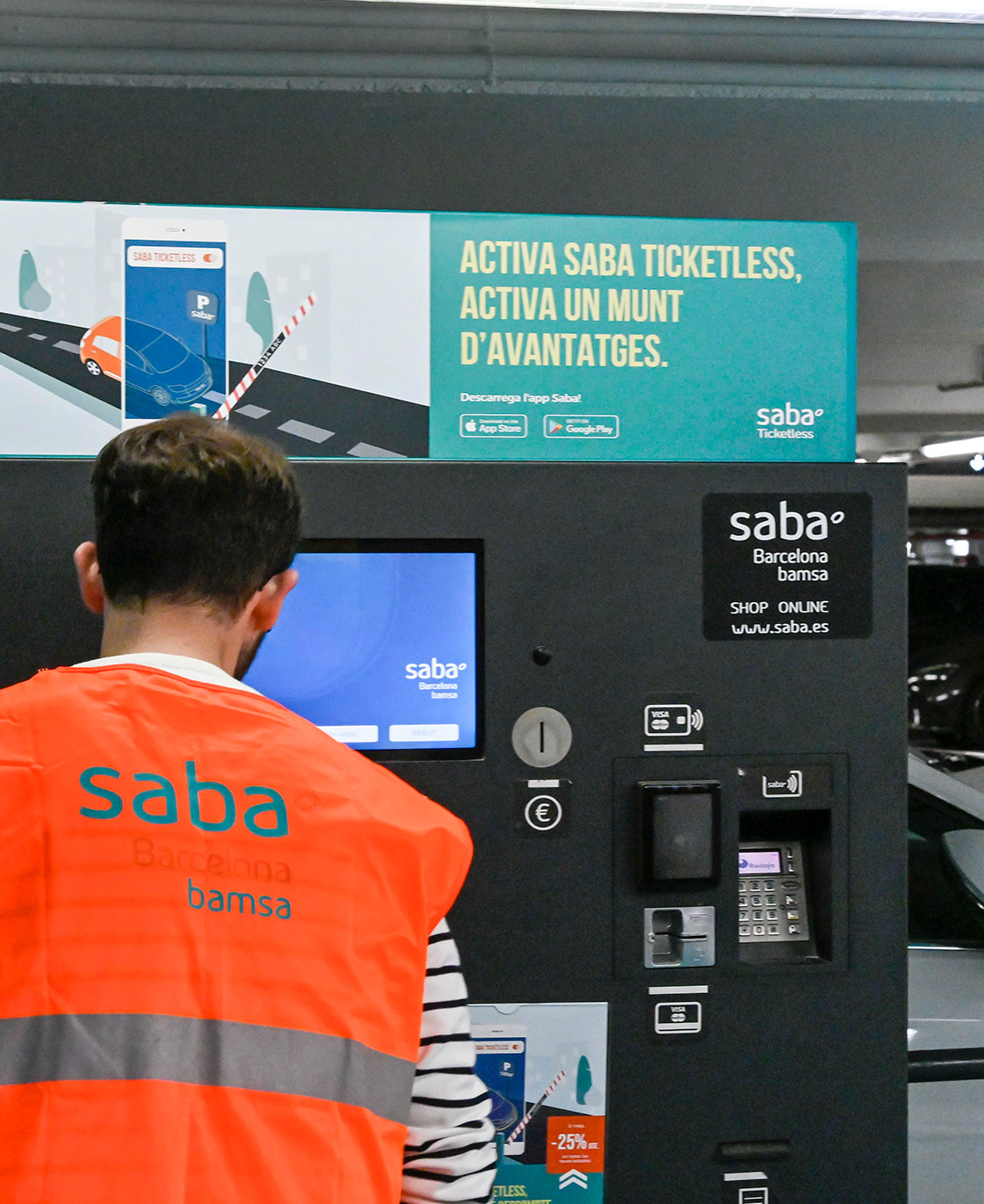Saba is aware that it is not possible to create value in a sustainable manner and face the challenges and opportunities that arise in the environment in which it operates unless people's needs and expectations are taken into account. To do this, the company's strategy involves continuous dialogue and the implementation of communication channels that contribute, in this sense, to responding to these perspectives of the team, by building appropriate policies.
As of December 31, 2022 Saba's workforce is made up of 2,017 people, 32% (655) women and the remaining 68% (1,362) men. It should be noted that the percentage of employees with some type of disability at Saba stands at 2.9%, a fact that demonstrates our desire to offer equal opportunities to all talent, regardless of their personal conditions. At the close of the FY2022, the workforce with a permanent contract represented 82% of the total.



















